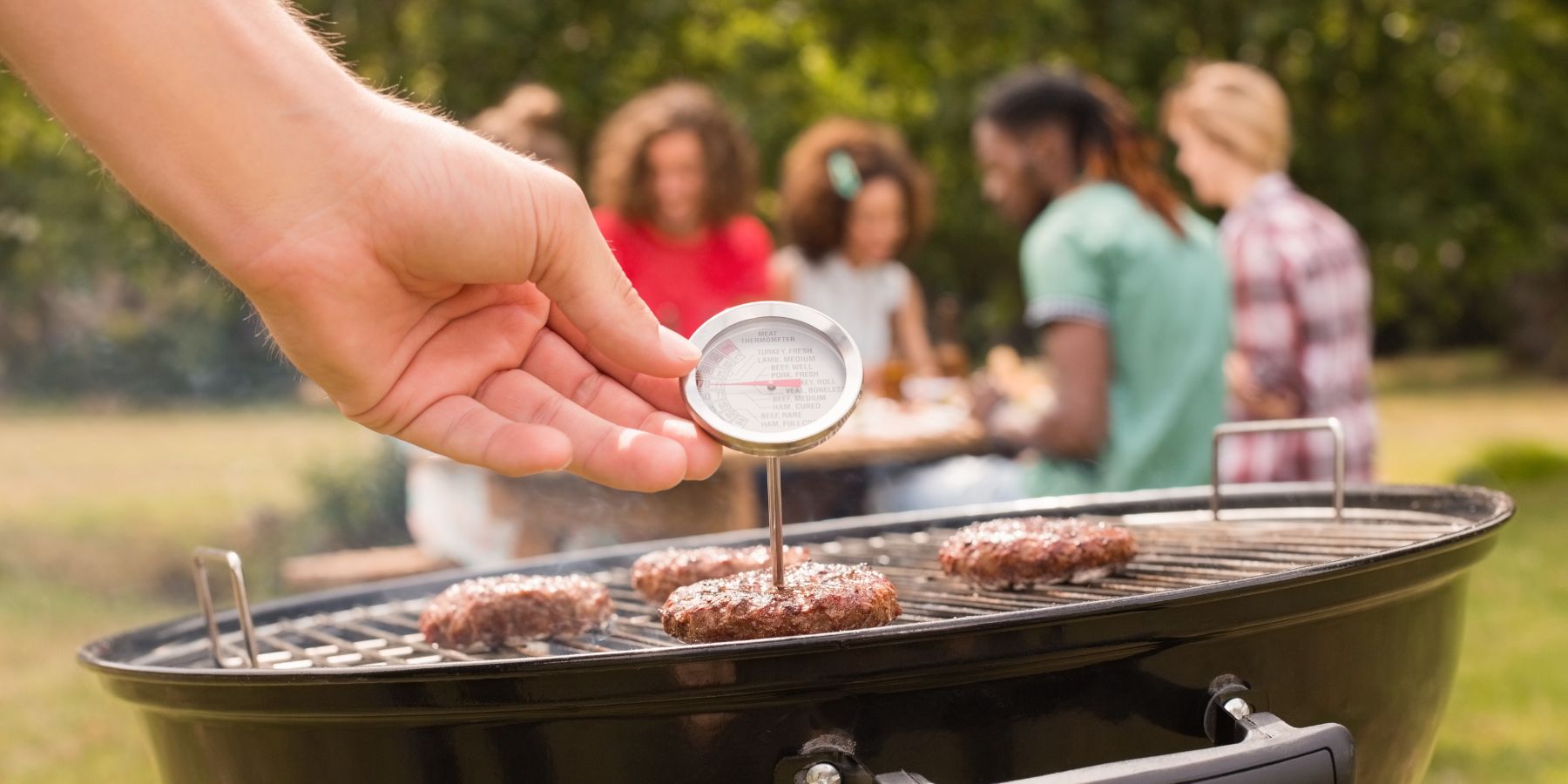Brisket, a cornerstone of barbecue cuisine, is renowned for its ability to transform into a tender, flavorful dish when cooked with care and patience. A common question among brisket enthusiasts is, “How long does it take to cook?” This article aims to demystify the cooking times for brisket, focusing on the factors that influence these timings.
Understanding Brisket
Before diving into cooking times, it’s essential to understand what brisket is. A brisket is a cut of meat from the breast or lower chest of beef or veal. Known for its tough texture, it requires a slow and low cooking method to break down the connective tissues, resulting in a tender and flavorful final product.
Factors Influencing Cooking Time
Several factors affect how long it takes to cook a brisket:
- Size of the Brisket: Naturally, a larger brisket will take longer to cook. The thickness of the cut also plays a crucial role.
- Cooking Temperature: Low and slow is the mantra for brisket. Cooking at a lower temperature (225°F to 250°F) is ideal.
- Cooking Method: Smoking, oven roasting, or slow cooking in a crockpot are popular methods, each affecting cooking time differently.
- Desired Doneness: Brisket is usually cooked until it reaches an internal temperature of 195°F to 205°F, which is when it becomes tender.
How Long to Cook a 10lb Brisket
Now, addressing the central question: how long to cook a 10lb brisket? A general rule of thumb is to cook brisket for about 1 to 1.5 hours per pound at 225°F to 250°F. Therefore, for a 10lb brisket, you can expect approximately 10 to 15 hours of cooking time. However, this can vary based on the factors mentioned above.
Cooking Tips for Perfect Brisket
- Consistent Temperature: Maintain a steady low temperature throughout the cooking process.
- Use a Meat Thermometer: Don’t rely on time alone. Use a meat thermometer to check the internal temperature of the brisket.
- Resting Time: Allow the brisket to rest after cooking. This lets the juices redistribute, making the meat more tender.
The Stall: A Unique Brisket Phenomenon
An interesting aspect of cooking brisket is the “stall,” a period when the temperature of the brisket stops rising. This usually happens when the internal temperature reaches about 150°F to 160°F. The stall can last for several hours and is a natural part of the cooking process, often caused by the meat’s moisture evaporating and cooling the brisket. Don’t be tempted to increase the heat; patience is key here.
FAQs
Q: Can I speed up the cooking process by increasing the temperature?
A: While increasing the temperature can reduce cooking time, it may result in a less tender brisket. It’s best to stick to low and slow cooking.
Q: Should I wrap my brisket during cooking?
A: Wrapping the brisket in foil or butcher paper (known as the Texas crutch) can help overcome the stall and retain moisture.
Q: Is it necessary to marinate a brisket before cooking?
A: While not necessary, marinating can add flavor. If you choose to marinate, do so for several hours or overnight for best results.
Q: How can I tell if my brisket is tender?
A: Besides the internal temperature, tenderness can be checked with a fork or probe. It should slide in and out of the meat with ease.
Q: Can I cook a brisket in an oven instead of a smoker?
A: Yes, brisket can be cooked in an oven. The key is to maintain a consistent low temperature.
In conclusion, understanding the timing for cooking brisket is more an art than a strict science. While the general guideline of 1 to 1.5 hours per pound at a low temperature provides a foundation, factors like size, cooking method, and temperature fluctuations play significant roles. By respecting the unique characteristics of brisket and embracing the slow cooking process, you can achieve a tender, flavorful result worthy of any barbecue feast. Remember, when it comes to brisket, patience truly is a virtue.
